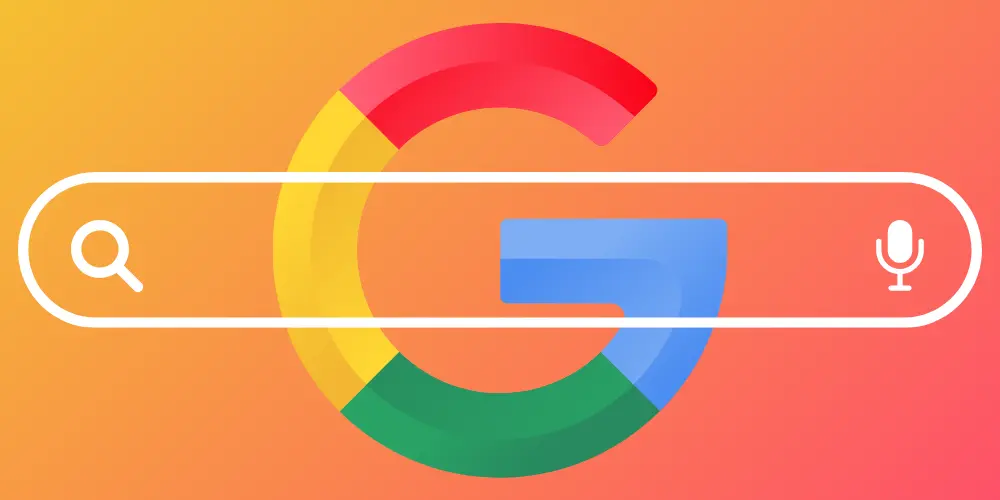Alt text is one of the simplest yet most effective tools in the world of search engine optimization (SEO). Recently, Google shows how to use alt text for SEO, emphasizing its importance for accessibility and better rankings. If you’re looking to make your content more visible and user-friendly, this article will show you the ropes. Let’s dive in.
What Is Alt Text?
Alt text, short for alternative text, is a descriptive attribute added to an image in HTML. It helps search engines understand the content of the image. When Google shows how to use alt text for SEO, it’s a cue that this small piece of text plays a big role in improving rankings and accessibility.
For example, instead of naming your image “image1.png,” you can use a descriptive phrase like “woman reading a book in a library.” Alt text describes the image to users who can’t see it and provides context to search engines.
Why Is Alt Text Important For SEO?
1. Accessibility Benefits
Google’s recent guidelines on how to use alt text for SEO also stress making websites more inclusive. Alt text ensures visually impaired users can understand the image through screen readers. By focusing on accessibility, you not only comply with web standards but also improve user experience.
2. Image Search Rankings
Images often appear in Google’s image search. Properly using alt text ensures your images can rank higher. As Google shows how to use alt text for SEO, it becomes clear that well-written alt text can drive organic traffic to your site.
3. Faster Page Indexing
Search engines rely on textual data. Alt text provides them with vital information, helping them index images effectively. When Google emphasizes how to use alt text for SEO, it’s because they know it speeds up the indexing process.
Best Practices: Google Shows How To Use Alt Text For SEO
1. Be Descriptive Yet Concise
Alt text should describe the image in detail but avoid being too lengthy. For example, instead of “dog running,” use “Golden Retriever running in a park.” Google shows how to use alt text for SEO by recommending detailed but concise descriptions.
2. Use Relevant Keywords
Including your target keywords in alt text can enhance SEO. For instance, if your focus keyword is “Google shows how to use alt text for SEO,” ensure it’s naturally included without keyword stuffing.
3. Avoid Redundancy
Never use phrases like “image of” or “picture of.” Google already knows it’s an image. Follow its advice on how to use alt text for SEO by focusing on what the image depicts.
4. Stay Contextually Relevant
Alt text should align with the content surrounding the image. If your page is about SEO tips, ensure the image’s alt text matches that topic.
Read More :- Find the Best Local Design Services to Transform Your Brand 2025
Common Mistakes To Avoid
Even though Google shows how to use alt text for SEO, many websites still make mistakes. Let’s address them:
- Keyword Stuffing: Avoid overloading your alt text with keywords. It can hurt your rankings.
- Using Generic Text: Text like “image.png” or “photo” offers no SEO value.
- Neglecting Alt Text: Leaving it blank is a missed opportunity for SEO and accessibility.
- Inaccurate Descriptions: Make sure the description truly matches the image content.
Real-World Examples
Good Alt Text Example:
Imagine you have a blog about gardening, and you include an image of a rose. A good alt text would be:
“Red rose blooming in a garden during spring.”
This follows the principle Google highlights in how to use alt text for SEO by being specific and relevant.
Bad Alt Text Example:
“Flower.”
This lacks detail and offers no value to search engines or users.
Tools To Help You Create Great Alt Text
Several tools can make adding alt text easier. As Google shows how to use alt text for SEO, utilizing these tools can simplify your workflow:
- Yoast SEO – Highlights missing alt text and offers suggestions.
- Rank Math – Ensures your images are optimized according to SEO standards.
- WAVE Accessibility Tool – Checks for accessibility compliance, including alt text.
Google’s Key Guidelines On Alt Text
Google’s advice on how to use alt text for SEO revolves around these core principles:
- Be specific and detailed.
- Avoid keyword stuffing.
- Make alt text relevant to the image and page content.
- Ensure accessibility by writing descriptive text.
By following these rules, you can make your site more SEO-friendly and user-inclusive.
The Future Of Alt Text In SEO
As search engines evolve, visual content becomes more important. Google shows how to use alt text for SEO, making it clear that images are not just decorative. Alt text can significantly impact your website’s visibility and traffic. Staying updated with Google’s best practices ensures you remain competitive.
Final Thoughts
Alt text is more than just a technical detail; it’s an essential part of SEO strategy. As Google shows how to use alt text for SEO, it’s evident that writing clear, descriptive, and keyword-rich alt text is key to improving rankings and accessibility. Implementing these tips will not only boost your website’s visibility but also enhance user experience for all visitors.



